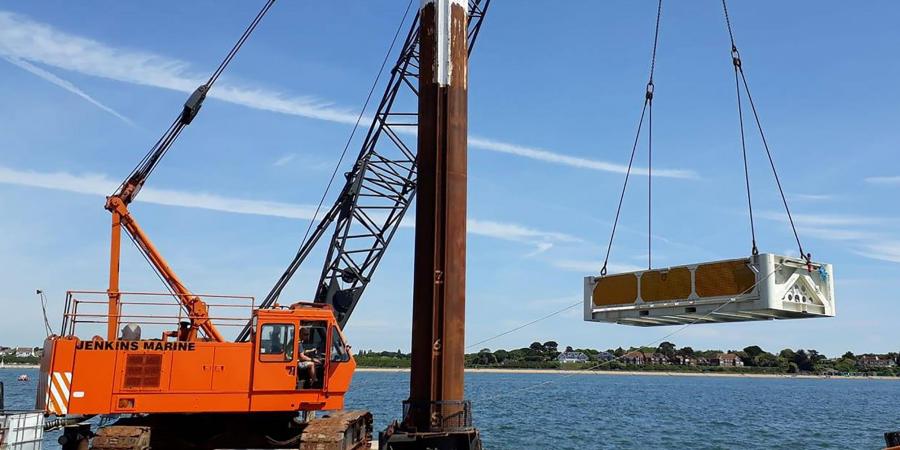This week, specialist divers and archaeologists from Wessex Archaeology completed an operation to retrieve the wreckage of a 1943 Fairey Barracuda Torpedo Bomber (believed to be No. BV739) - just in time for the 75th anniversary of D-Day.
The plane was discovered during survey work to clear potential unexploded ordnance and boulders last summer, ahead of the construction of new subsea electricity cable Interconnexion France-Angleterre 2 (IFA2) between England and France, and identified by our retained archaeologist on the project. The team then conducted an underwater survey to understand more about the wreck.
With help from the team at the Fleet Air Arm Museum, the aircraft type has been recognised as a Mk II Fairey Barracuda, a WWII era torpedo bomber operated by the Fleet Air Arm of the type used in the raids on the German Battleship Tirpitz.
The three-seater plane, part of the 810 squadron Royal Navy Air Station, based at Lee-On-Solent is believed to have got into difficulty shortly after taking off for its test flight before crashing 500m from the coast in Portsmouth.
This set of significant Barracuda remains is one of two known to exist, making it an extremely rare find.
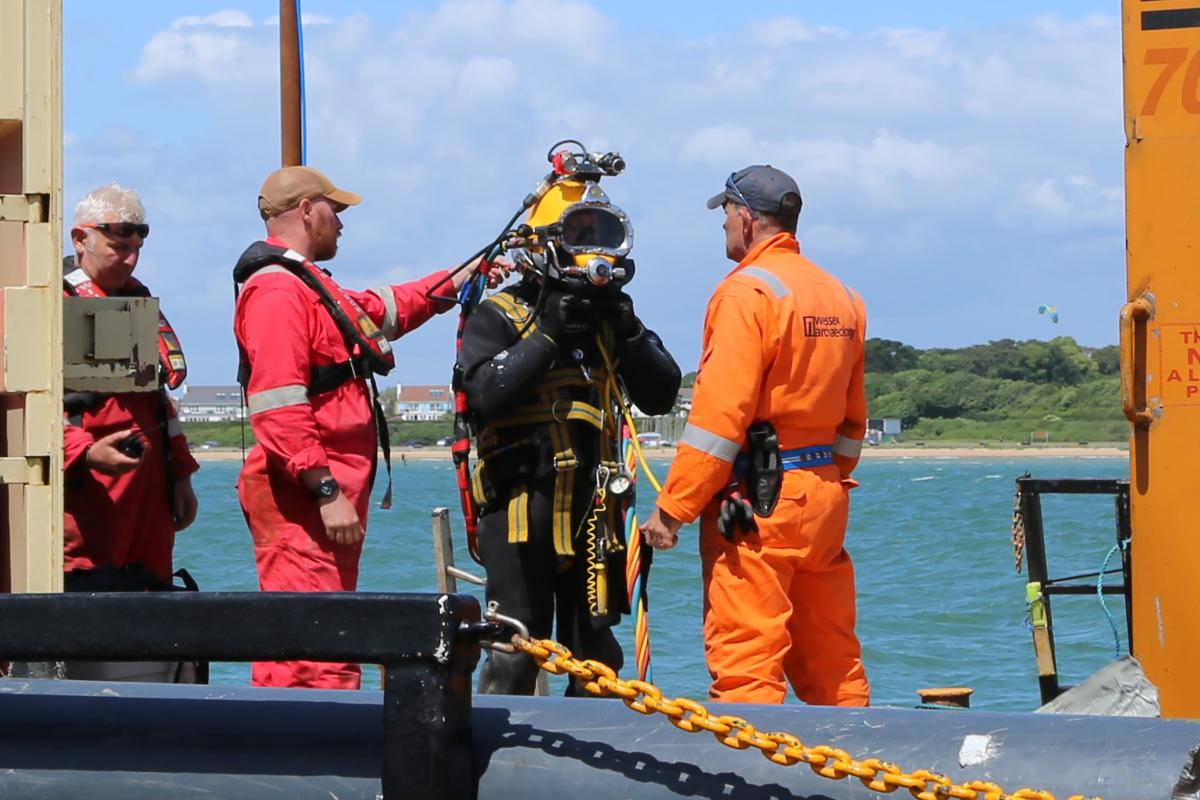
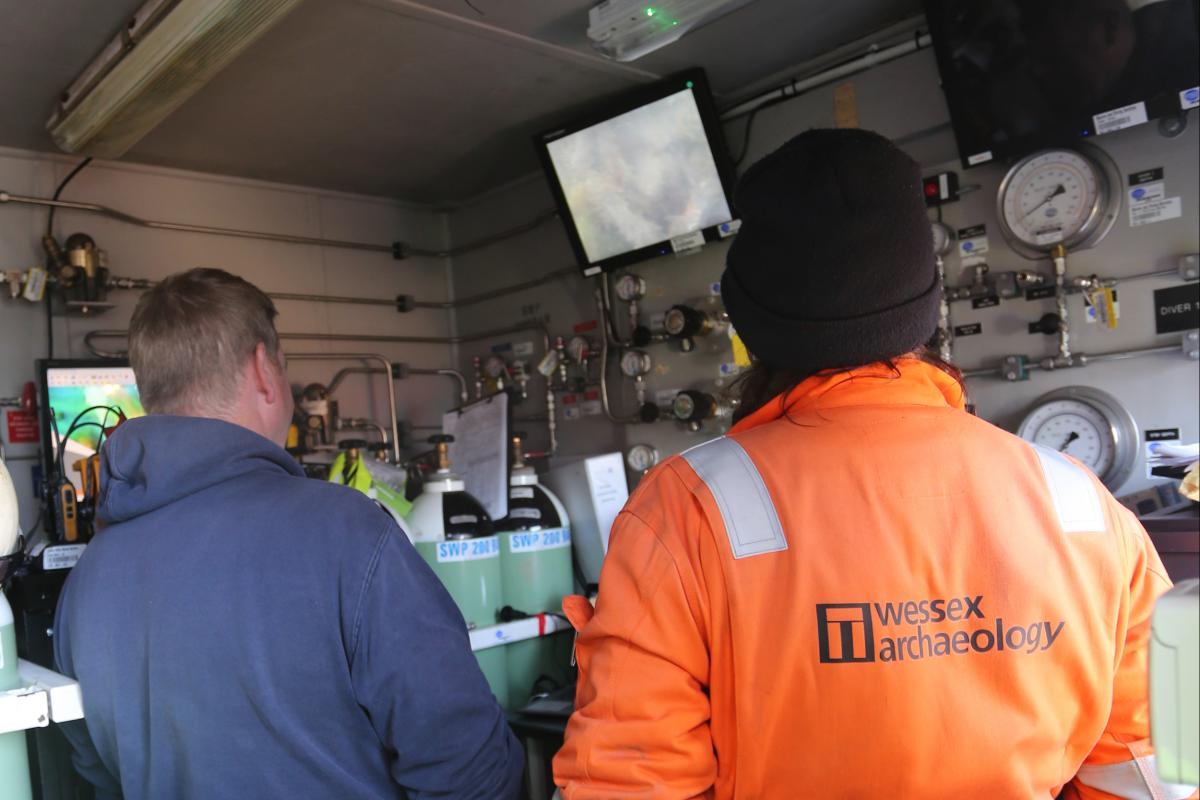
Our team has been undertaking the excavation under a licence from the MoD, and it has taken detailed planning to ensure that we lift the remains - and any associated material which may have been scattered as it sank - without causing its condition to deteriorate significantly.
Work to fully retrieve the plane is expected to take around three weeks in total as the team is carefully excavating the area around the aircraft to remove large amounts of silt and clay, sieving this for artefacts, then carefully dividing the remaining structure into manageable sections for lifting.
Artefacts retrieved have included one of the pilot’s boots, a boost guage, and the underwing pitot head and mounting bracket – a delicate instrument which would have recorded the aircraft’s airspeed. The fact that this was found in tact implies that the Barracuda was almost at stalling speed by the time it reached the water.
So far, one of the wings has successfully been lifted out of the water and work on the second is currently underway. The remainder of the plane will be recovered by lifting it in sections over the coming days.
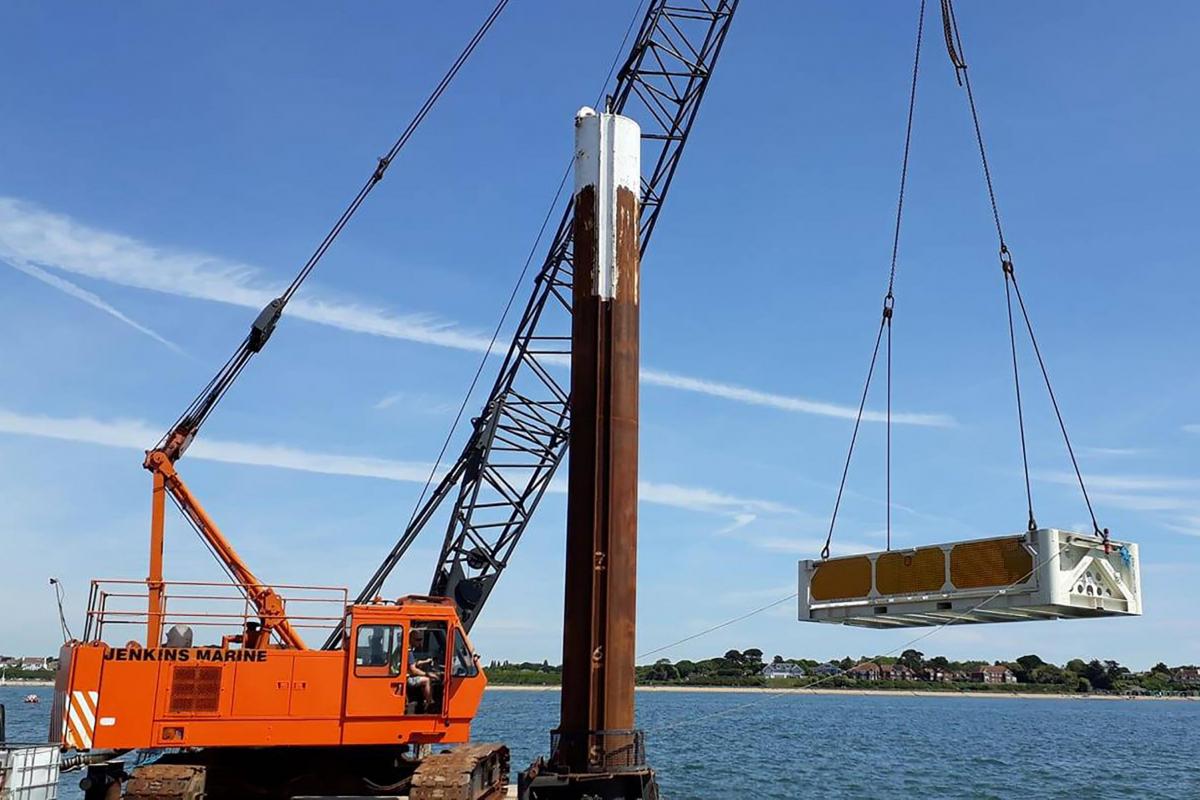
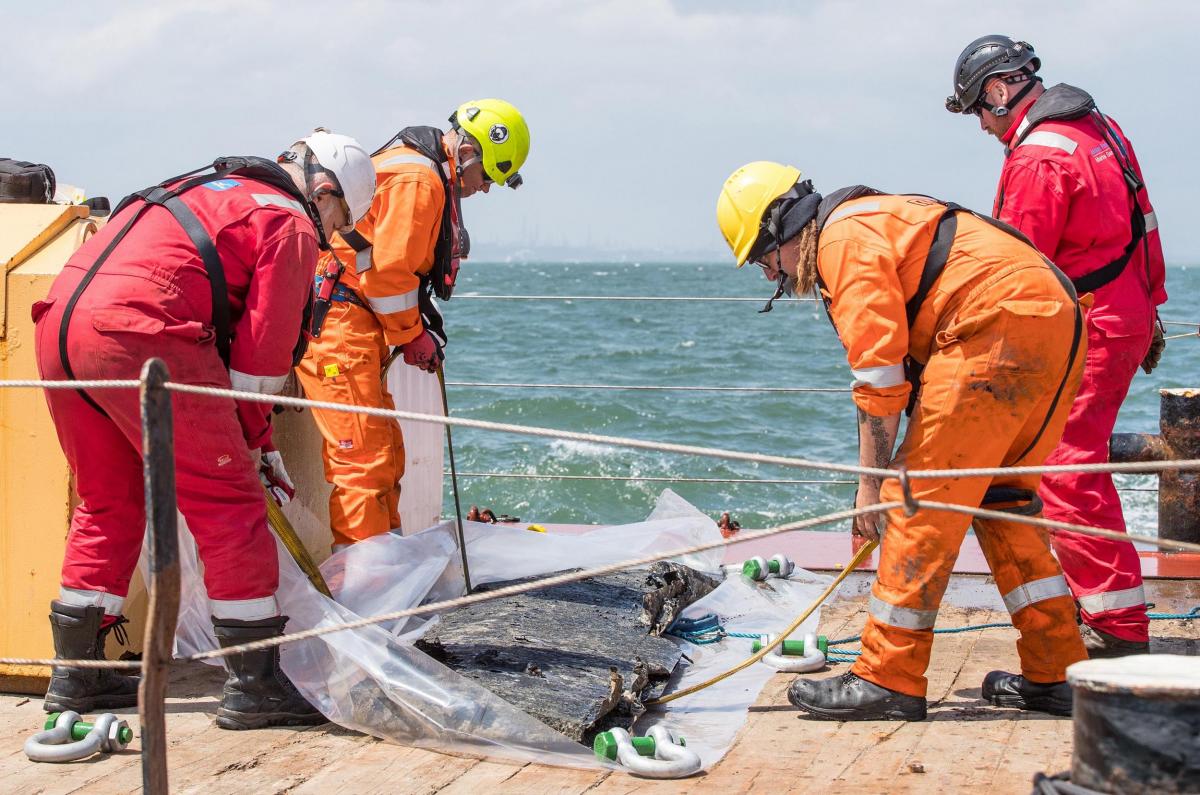
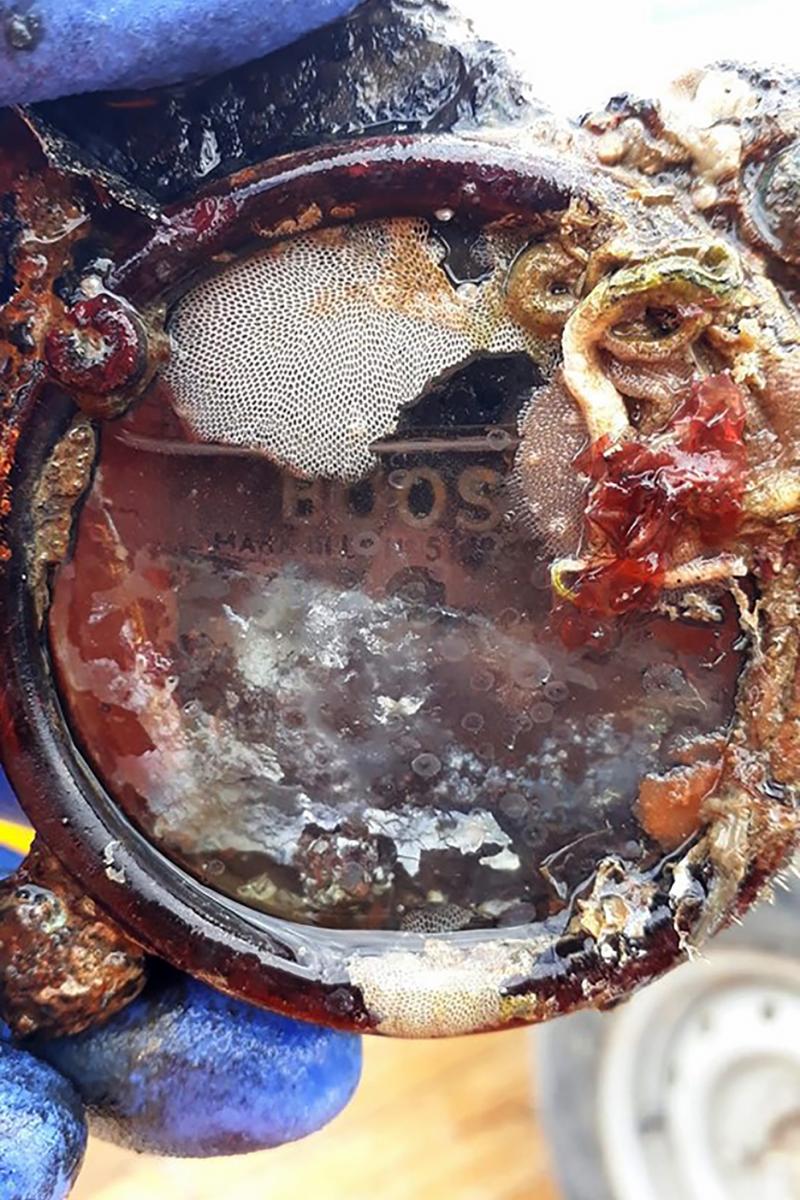
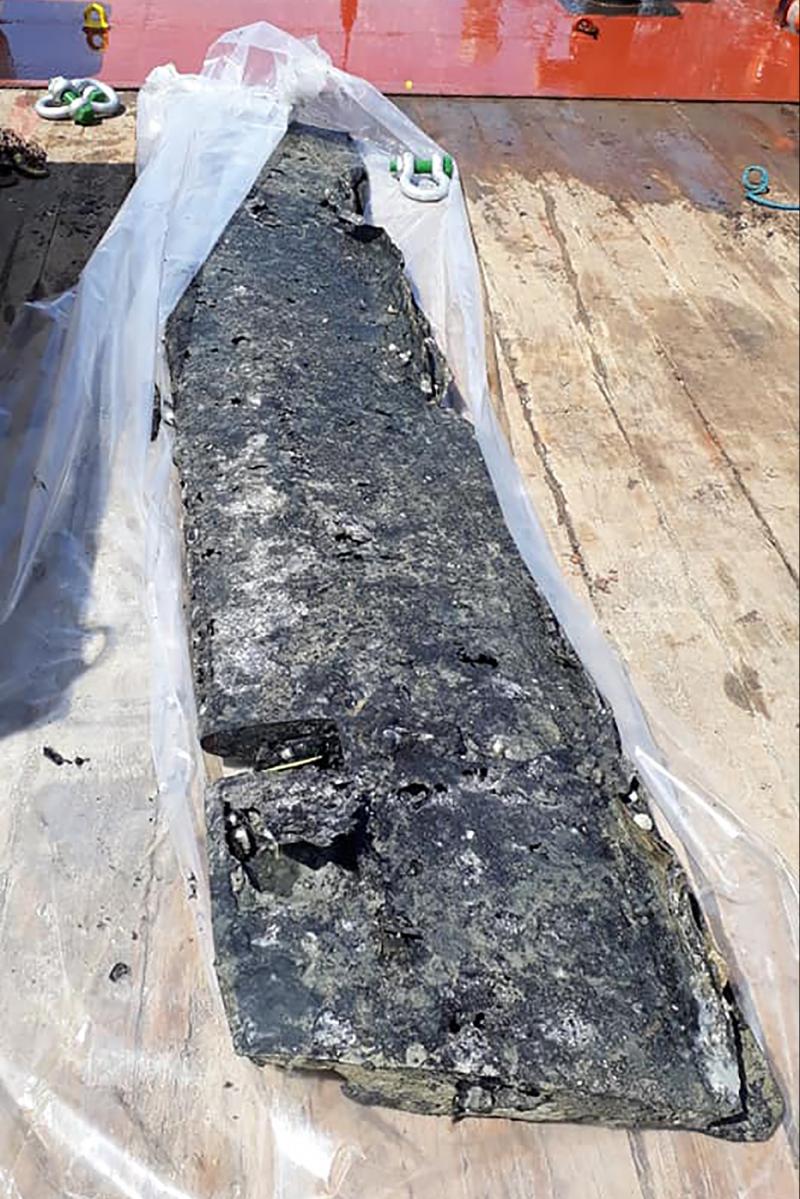
We are also recording the site with an innovative new technique, using a combination of photogrammetry and 'ROV3D', which calibrates footage in real-time to reconstruct a 3D model that updates as new features are identified.
The recovery of the Fairey Barracuda will aid an ongoing Fleet Air Arm Museum project. This will offer the opportunity to examine a unique piece of aviation history and ultimately allow it to be displayed for others to enjoy.
The plane's pilot has been named as SUB LNT DJ Williams who managed to escape the crash and survived WW2.
We are currently trying to trace SUB LNT Williams and are keen for anyone with information about the pilot and his family to get in touch: info@wessexarch.co.uk
